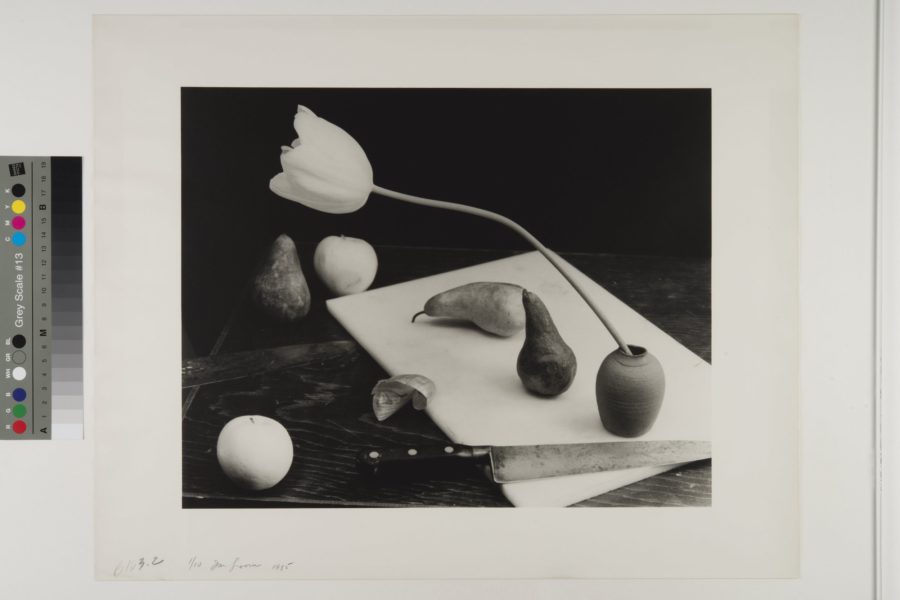Exhibiting works by Lorenzo Vitturi, Jan Groover, Mishka Henner, and eight more, the photo festival delves into ecology, industry, and taste


Exhibiting works by Lorenzo Vitturi, Jan Groover, Mishka Henner, and eight more, the photo festival delves into ecology, industry, and taste

Bandai reincarnates his series A Certain Collector B within the historic walls of Bologna’s music museum and library

Spanning the centre of Bologna, 11 exhibitions expand our perception and understanding of the artificial world

The Fondation Henri Cartier-Bresson is moving to new premises in Paris, giving it double the exhibition space, a bigger research space, street-level access, and a place in the cultural hotspot of Le Marais, also home to the Maison Européenne de la photographie, The Pompidou Centre, the Museum Picasso, the Museum Carnavalet, and the forthcoming Pinault Foundation, to name just a few.
The Fondation HCB’s 800 square metre new home will open on 06 November, and will be further expanded “in a year or two” when a new extension will triple the hanging space from its current venue in Montparnasse, according to Fondation HCB director François Hebel. “Then we will enter more experimental shows,” he told BJP. “It is hard to say [more] as this is not today and linked to the creativity of the artists that we will enjoy showing then.”

“It was a different time to now, it’s hard to remember just how scarce images were,” says John Myers. “Now you can get things on screen, in the early 1970s there was only a smattering of images available. When I give a talk, I often start by handing out a sheet of paper with a list of interests and influences in 1972-75. The names run across just half a side of A4. There aren’t that many on it, and it includes people I was interested in on the basis of one or two images.” But for Myers, this scarcity was part of the allure. After studying Fine Art with Richard Hamilton, he got into photography in 1972 “because I had never done it”; initially only familiar with Bill Brandt and Henri Cartier-Bresson’s work, as photography rapidly gained recognition in Britain he soon had access to much more. “I was so excited to come across people, when photography suddenly started emerging from the shadows and books were being published,” he says. Myers started shooting with a Mamiya but, finding it “odd” to be looking down at his waist, moved to a 5×4 plate camera and soon found his stride.

“I believe photographers have got to come to terms with the world we live in, not the world journalists like, which is spectacular and exciting and makes good copy,” says John Myers. “Photographers and sub editors and journalists, all kinds of journalist want a story. They want to sell papers, and what sells is something unusual. ‘Man with three legs marries 86 year old widow’, it makes a terrific headline. They’re not so interested in what’s going on down the road at number 83.”

The numbers are just staggering – 2813 applicants showing up for nine nursery teacher positions; 10,000 for 14 policer officer roles; and 1099 for one nursing post. These are the Italian Civil Service exams, and Michele Borzoni photographed them for over a year, capturing their sheer size with a medium format camera and a perspective-correcting lens more usually used for large-scale architectural shots. “I wanted to emphasis this sense of mass, the loss of individuality, the person reduced to number,” he says. “The competitions are sometimes a humiliating path, because often they do not assess the individual capacity, at least not in the early stages of the competition.”

Foto/Industria Biennial returns to Bologna, with 14 exhibitions centring around the idea of identity and illusion in photographs of work, curated by Francois Hébel and including image-makers such as Thomas Ruff, Josef Koudelka, Lee Friedlander, Joan Fontcuberta, Alexander Rodchenko, Mitch Epstein, Yukichi Watabe, John Myers and Michele Borzoni.